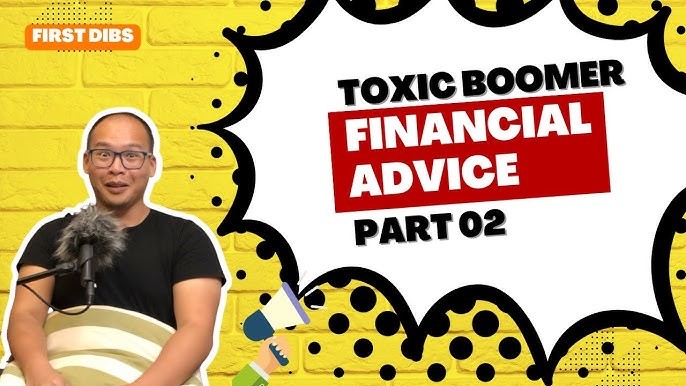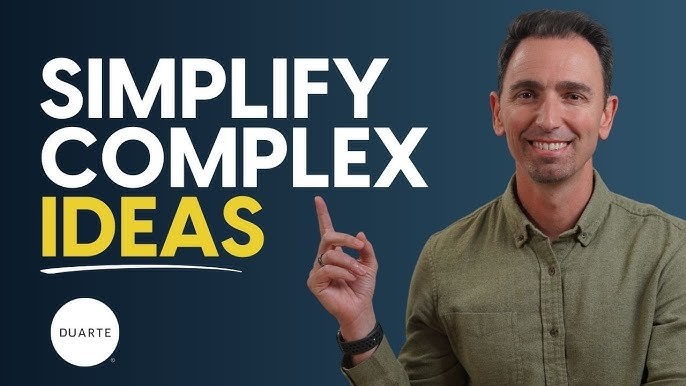Recognizing toxic financial advice is an essential skill in a world where money guidance is everywhere—on social media, in podcasts, from influencers, and even well-meaning friends. The challenge isn’t just that bad advice exists; it’s that it often sounds convincing. It’s packaged in confidence, sprinkled with success stories, and delivered with urgency. But beneath the surface, toxic financial advice can lead to poor decisions, unnecessary risk, and long-term setbacks. Learning to spot it requires a blend of skepticism, self-awareness, and a clear understanding of your own financial goals.
One of the most common traits of toxic financial advice is its one-size-fits-all nature. Advice that doesn’t account for individual circumstances is rarely useful and often harmful. For example, telling someone to invest aggressively in the stock market without understanding their risk tolerance, income stability, or time horizon ignores the nuances that make financial planning personal. What works for a high-earning single professional in their twenties may be disastrous for a parent supporting a family on a variable income. When advice lacks context, it becomes more about the advisor’s worldview than the listener’s reality.
Another red flag is advice that promises quick results or guaranteed returns. Financial growth is typically slow, steady, and shaped by discipline rather than shortcuts. When someone claims you can double your money in a few months or retire early by following a simple formula, it’s worth pausing. These promises often rely on cherry-picked examples or ignore the risks involved. For instance, promoting cryptocurrency as a surefire path to wealth without discussing volatility or regulatory uncertainty is misleading. The allure of fast success can cloud judgment, especially when paired with persuasive storytelling or flashy visuals.
Toxic advice also tends to downplay risk or oversimplify complex decisions. Encouraging someone to take on debt to invest, for example, without a thorough explanation of the potential downsides, is reckless. Leveraging borrowed money can amplify gains, but it also magnifies losses. If the market turns or income drops, the consequences can be severe. Similarly, suggesting that someone cash out their retirement savings to buy real estate or start a business might sound bold and entrepreneurial, but it ignores the long-term impact on financial security. Good advice respects the weight of financial decisions and doesn’t gloss over the trade-offs.
Another subtle but dangerous form of toxic advice is rooted in shame or judgment. When guidance is delivered with an undertone of superiority—implying that people who struggle financially are lazy, undisciplined, or simply not trying hard enough—it creates emotional barriers rather than solutions. Financial challenges are often complex, shaped by systemic issues, personal history, and unforeseen events. Advice that lacks empathy or assumes moral failure can discourage people from seeking help or making changes. For example, telling someone to “just stop spending” without understanding their obligations or stressors is not only unhelpful—it’s dismissive.
The source of the advice also matters. Financial guidance from someone who stands to profit from your decisions should be scrutinized carefully. If an advisor recommends a product they’re selling, or an influencer promotes a course or investment platform they’re affiliated with, there’s a potential conflict of interest. That doesn’t mean the advice is automatically bad, but it does mean you should ask more questions. Transparency is key. You deserve to know whether the person giving you advice benefits financially from your choices. Without that clarity, it’s hard to trust the motives behind the message.
Another hallmark of toxic financial advice is the absence of nuance. Money decisions are rarely binary. They involve trade-offs, timing, and personal values. Advice that frames choices as either brilliant or foolish oversimplifies reality. For example, the idea that renting is always throwing money away ignores the flexibility and reduced responsibility that renting can offer. Similarly, the notion that credit cards are inherently evil overlooks the benefits of responsible use, such as rewards and consumer protections. When advice lacks nuance, it often reflects ideology rather than insight.
Recognizing toxic advice also means tuning into your own reactions. If a piece of guidance makes you feel anxious, pressured, or inadequate, it’s worth examining why. Good financial advice should empower you, not intimidate you. It should help you make informed decisions, not push you into action before you’re ready. For instance, if someone insists you’re missing out on a once-in-a-lifetime opportunity and need to act immediately, that urgency is a tactic, not a truth. Financial decisions benefit from reflection, not haste.
Ultimately, the best way to guard against toxic financial advice is to build your own foundation of knowledge. When you understand basic principles—like budgeting, compound interest, diversification, and risk management—you’re better equipped to evaluate the guidance you receive. You don’t need to be an expert, but you do need to be informed. That way, you can filter advice through your own lens, asking whether it aligns with your goals, respects your circumstances, and acknowledges the complexity of real life.
Financial advice should be a tool, not a trap. It should help you navigate uncertainty, not exploit it. By learning to recognize the signs of toxic guidance—oversimplification, urgency, judgment, and hidden agendas—you protect yourself from decisions that could derail your progress. And by cultivating discernment, you create space for advice that’s thoughtful, respectful, and genuinely helpful. In a noisy world full of opinions, that kind of clarity is not just valuable—it’s essential.




